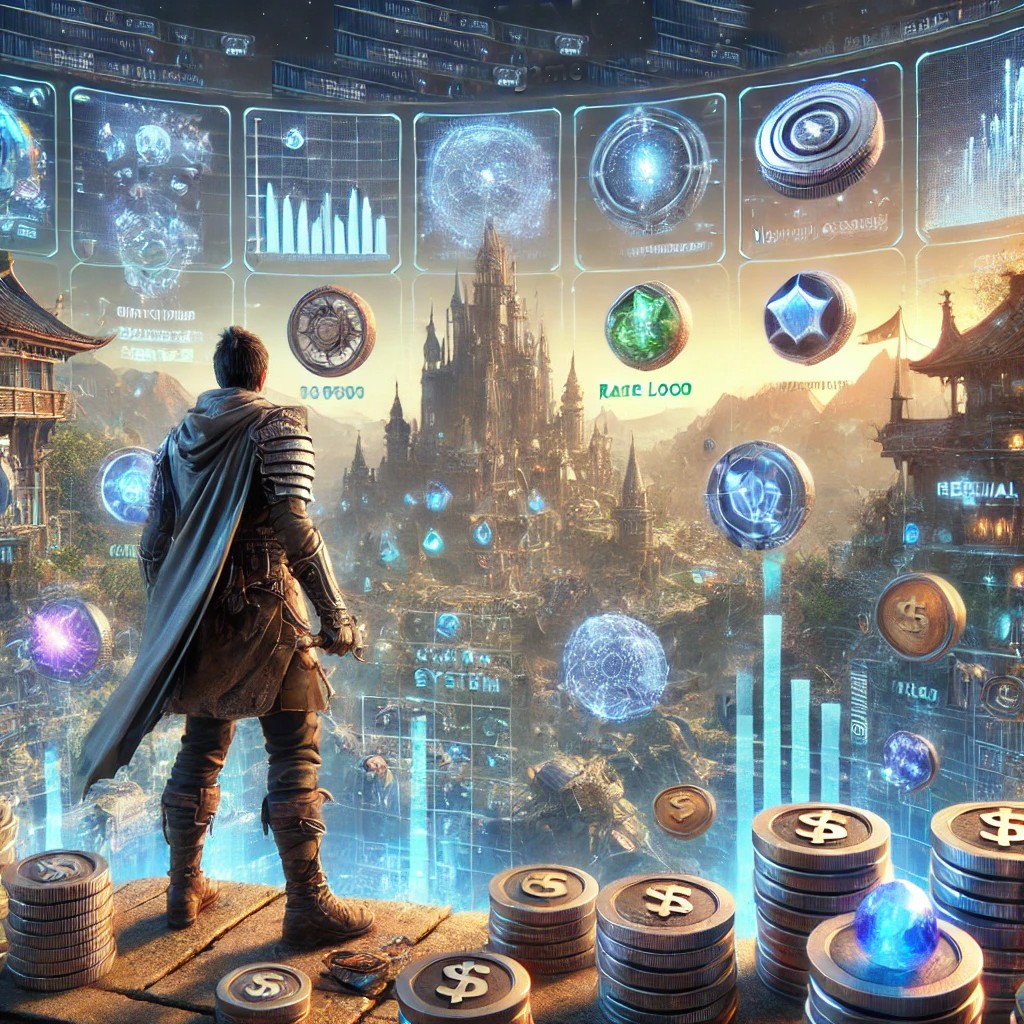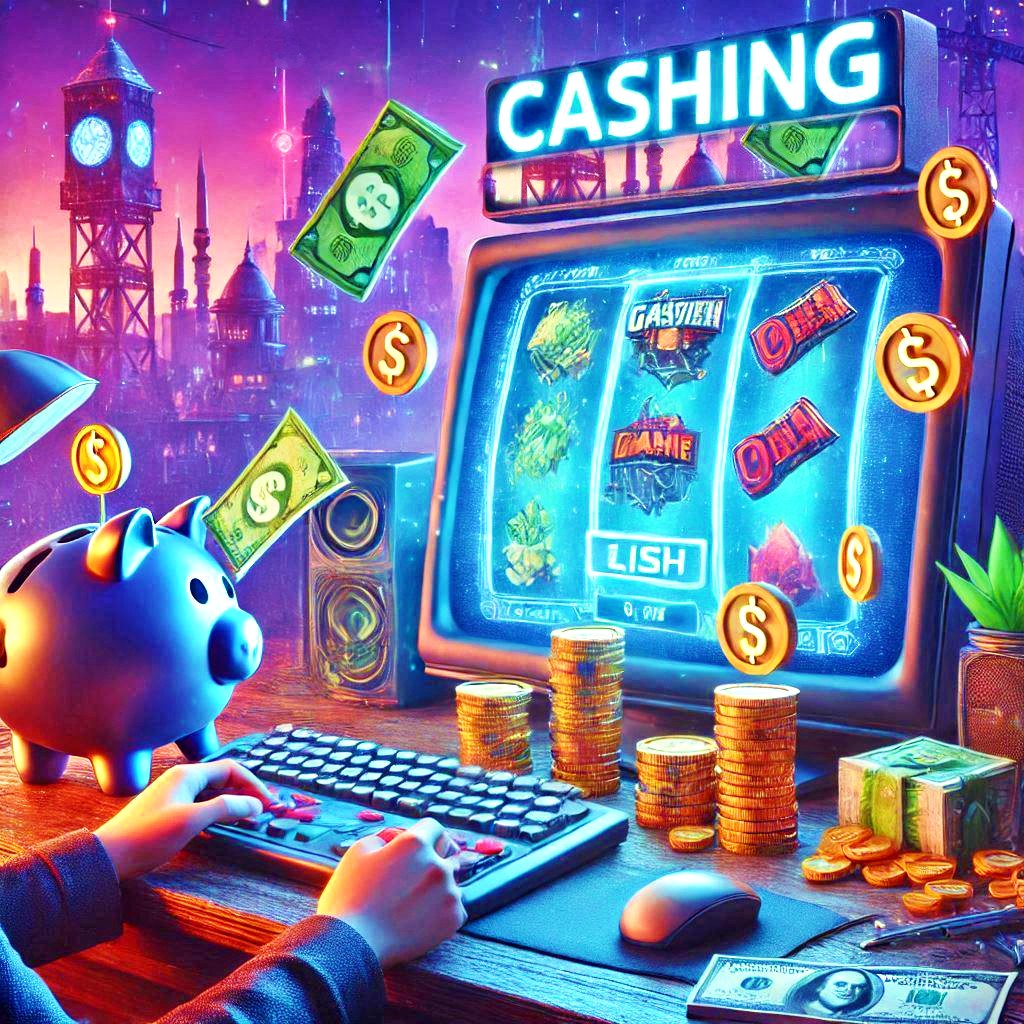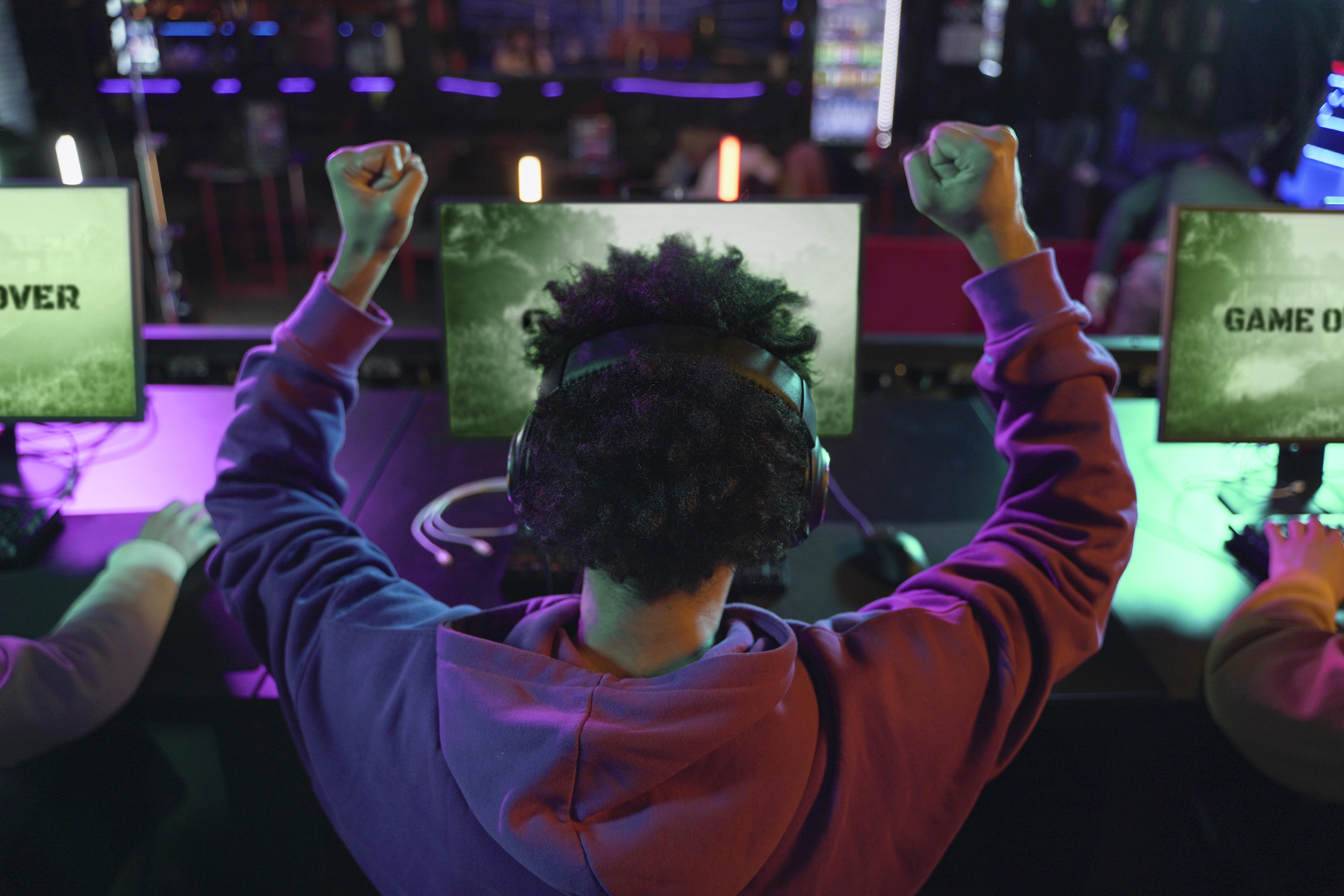Reward gaming makes an important contribution to players’ engagement, motivation, and enjoyment of the game they are playing. It is also a key part of game monetization, allowing developers to earn revenue while keeping their players interested. This paper looks into different parts of reward systems, such as the psychology behind them, types of in-game rewards, how they are put into games, and the challenges that come with them, with a special focus on ways to make money from these systems.
The Psychology Behind In-Game Rewards
Reward systems use psychological concepts like intrinsic and extrinsic motivation. Intrinsic motivation comes from personal satisfaction or enjoyment of the activity itself, while extrinsic motivation is driven by external rewards like points, achievements, or money. These principles are often used in game monetization to increase player spending.
Georgia Tech conducted a research on Human Computation Games (HCGs) to understand how different reward systems affect player engagement. The study found that leaderboards and customizable avatars appeal to extrinsic motivations, while narrative-driven rewards tap into intrinsic motivations, enhancing the gaming experience. These findings are important for game monetization strategies, as they help design premium features like purchasable cosmetics and story expansions.
Types of In-Game Rewards
Fixed vs. Variable Rewards
Fixed rewards provide a consistent payout for specific actions, making things predictable. These rewards are commonly used in subscription-based game monetization models, like battle passes, where players earn rewards at predetermined milestones.
On the other hand, variable rewards offer unpredictable outcomes, which increase excitement and player engagement. They are the foundation of many game monetization strategies, including loot boxes and randomized gacha mechanics. These strategies take advantage of the psychological appeal of chance.
A study at Princeton University showed that players prefer variable reward schedules over fixed ones, as they evoke a stronger emotional response, which affects game preference and spending behaviors.
Primary and Secondary Reinforcers
Primary rewards, like in-game currency or items, have a direct influence on gameplay. In contrast, secondary rewards, such as badges or titles, are more symbolic but still play an important role. Research from UNC Wilmington shows that primary rewards stimulate brain areas like the orbitofrontal cortex and ventral striatum, which are linked to feelings of immediate gratification. This information is crucial for game monetization strategies, as primary rewards often motivate players to make microtransactions. Meanwhile, secondary rewards foster long-term player retention by enhancing social status and recognition among peers.
Implementation of Reward Systems
Designing Effective Reward Mechanisms
To create an effective reward system, developers need to carefully consider how often and when to give rewards, as well as the types of rewards used. Giving out too many rewards can make them less exciting for players over time. To keep players engaged, it’s helpful to include surprises, such as random loot drops. The idea of “variable schedules,” highlighted in a study from Princeton, shows how combining unpredictability with consistent results can enhance the player experience.
Game monetization strategies often use tiered reward systems to encourage more spending. For example, battle passes usually have both free and premium tracks. The premium track offers exclusive rewards to players who pay. This system balances accessibility with the goal of making money from the game, motivating non-paying players to eventually become paying customers.
Gamification and Educational Applications
Reward systems extend beyond entertainment. In educational and serious games, they also play a crucial role in improving learning outcomes by boosting intrinsic motivation. Research from MIT’s OpenCourseWare has shown that point systems and storytelling can effectively keep learners engaged. For example, students who received rewards for completing educational tasks tended to stick with their work longer than those who did not have such incentives. Although monetization is not the primary goal in educational games, we can draw lessons from commercial gaming—like providing optional paid content for advanced features—to help support development efforts.
Social and Collaborative Rewards
Many modern multiplayer games feature collaborative rewards that highlight teamwork and build community. For instance, players may earn shared achievements or receive rewards as part of a guild, which encourages interaction and social connections within the game. These systems not only boost player engagement but also support game monetization by encouraging group spending. For example, multiplayer games often provide exclusive rewards to guilds or teams that buy premium packs or subscriptions, motivating players to invest together.

Challenges in Reward Systems
Balancing Intrinsic and Extrinsic Motivation
Using rewards like money can first get players interested, but relying too much on them can reduce their inner motivation to play. Research from Carnegie Mellon University shows that focusing too much on these rewards can take away the fun of playing, which may make players less engaged over time. Good game monetization strategies should find a balance between inner enjoyment and outside rewards to keep players interested.
Ethical Considerations
Using reward systems in games brings up moral issues, especially with things like loot boxes that feel like gambling. Some people think these features take advantage of mental weaknesses, especially in kids. Different countries want clearer rules and more control over these game monetization strategies. Fair ways to make money from games should be open and honest, like showing the chances of getting rewards from loot boxes, to keep players’ trust.
Cultural and Demographic Sensitivity
Creating reward systems that appeal to different types of players is difficult. What players like can change a lot depending on their culture and age. For example, players in places with strict gambling rules might prefer different ways to buy games, like paying directly or using battle passes. A single method usually does not meet the varied needs of players around the world.
Conclusion
Reward systems in games show how psychology, technology, and money come together. By knowing what motivates people and designing carefully, game makers can create enjoyable experiences that attract players and make money. As the industry changes, it’s important to deal with issues like fairness and respect for different cultures to keep players’ trust and interest.
Q&A Section
1. Why are variable in-game rewards more engaging than fixed ones?
Variable rewards add surprise and unpredictability, which makes players more excited. This surprise releases dopamine in the brain, making the experience feel better. Research from Princeton University shows that players like games with variable rewards. In games that make money, this idea is used in things like loot boxes and gacha systems.
2. How do intrinsic and extrinsic rewards differ in gaming?
Intrinsic rewards come from enjoying the game, like solving puzzles or exploring. Extrinsic rewards are outside rewards like points, badges, or achievements. Intrinsic rewards keep players interested for a long time, while extrinsic rewards may draw players in at first but can lose their value if used too much. Game monetization methods often use extrinsic rewards, such as special items or unique content, to encourage buying.
3. What are some ethical concerns associated with reward systems in games?
Ethical issues involve using gambling-style features like loot boxes that can take advantage of people’s weaknesses. There is also worry about attracting young people with addictive rewards. Rules are calling for clear and fair practices in game monetization. Developers can solve these problems by providing other ways to pay, like direct buying, and by clearly showing the chances of winning.
4. How can reward systems enhance learning in educational games?
Reward systems in educational games, like earning points and story elements, help motivate students and keep them working hard. Research from MIT OpenCourseWare shows that giving rewards for finishing tasks helps students stay interested and do better. Making money from educational games usually means offering extra paid content for special features, making sure everyone can access the game while also helping pay for its development.
5. What challenges do developers face in designing culturally sensitive reward systems?
Game developers need to think about different types of players because what they like as rewards can change based on their culture and age. It’s hard to create a reward system that everyone likes, so developers need to do a lot of research and be flexible in their designs. They also need to change how they make money from games to fit the preferences of different areas, like not using gambling-like features in places with strict rules.
References:
Carnegie Mellon University, Georgia Institute of Technology, Princeton University, University of North Carolina Wilmington, MIT OpenCourseWare




